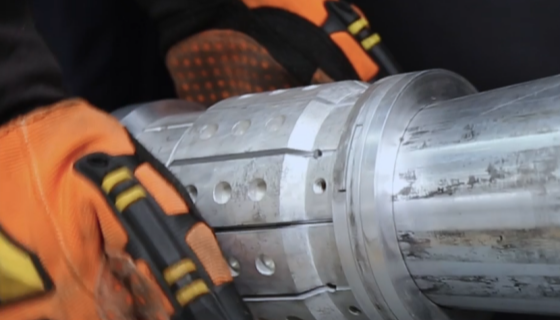


Managed Pressure Drilling - Managing pressure in drilling operations is key to ensuring safety, efficiency, and project success. Pressure is one of the biggest challenges in drilling. If it’s not controlled, it can cause accidents, delays, and extra costs. But with the right methods, you can handle pressure well and keep things running smoothly.
Drilling operations involve high-pressure systems. These systems help bring oil, gas, or water from deep below the earth. Pressure builds up because of the equipment and the environment inside the well. Managing this pressure prevents dangerous situations like blowouts and keeps the operation safe.
Pressure can come from many places: the wellbore, the drilling fluid, or the surrounding rock. To manage pressure well, you must know where it comes from and how it behaves.
The first step in managing pressure is using a reliable monitoring system. This lets you track pressure changes in real time. Monitoring both the surface and downhole pressure is essential. It helps you spot sudden changes early and react quickly.
When you monitor pressure closely, you catch problems before they get worse. Early detection lets you make adjustments to avoid serious issues. Real-time data helps you stay ahead and prevent accidents.
A Blowout Preventer (BOP) is a critical tool for managing pressure in drilling. It’s a large valve that seals the well if pressure gets out of control. The BOP can stop the flow of gas, oil, or other fluids, preventing blowouts and other risks.
Make sure the BOP is well-maintained and tested before every operation. A working BOP is essential for controlling pressure and keeping everyone safe.
Drilling mud plays a vital role in pressure control. The mud’s weight must be managed carefully to balance well pressure. If the mud is too light, it can’t control the pressure, risking a blowout. If it’s too heavy, it may damage the wellbore.
Keep checking the mud’s weight throughout the operation. Changes may be needed based on the formation being drilled and the well’s depth. Regular checks help keep the pressure balanced and prevent accidents.
Drilling equipment must be in excellent condition to manage pressure safely. This includes valves, pressure gauges, and the BOP. Equipment failure can lead to sudden pressure changes and cause serious problems.
Ensure all equipment is regularly serviced and tested. It’s better to replace or fix equipment before it breaks down. Well-maintained equipment can handle high-pressure situations without fail.
The team is key to managing pressure in drilling operations. Proper training is necessary to help them spot pressure changes and respond quickly. Drilling teams must know how to read pressure indicators and how to act when pressure rises.
Training should be ongoing, and teams should practice making quick decisions. Knowing how to manage it quickly is critical to avoiding accidents.
Automated pressure safety systems can make pressure management easier. These systems monitor pressure levels and shut down operations if the pressure is too high. This reduces the chances of human error and ensures a faster response.
These systems work together with BOPs and drilling mud to keep the pressure controlled. They can even adjust mud weight or fluid circulation automatically to relieve pressure, making the process more efficient.
Well integrity is key to managing pressure safely. Casing and cementing protect the wellbore from pressure buildup. The casing shields the well from high pressure, while cement holds it in place.
Casing and cementing must meet industry standards to prevent leaks. Any flaws in these processes can cause pressure issues and blowouts. Careful inspection and correct installation are essential to maintaining well integrity.
Managing pressure in drilling operations is complex, but essential. With the right tools and strategies, you can control pressure and prevent accidents. By using reliable monitoring systems, keeping equipment in good condition, and training your team, you can manage pressure safely.
When pressure is controlled, these operations are safer and more efficient. It prevents costly delays and keeps workers safe. By handling pressure well, you ensure smooth drilling and achieve your project goals without setbacks.
At Vertechs, we specialize in providing advanced pressure management solutions to ensure safe and efficient drilling operations. Contact us today to learn how our expertise can support your drilling projects and help you manage pressure effectively.
Read Our One More Blog(1): Efficiency Amplified: The Power of MPD Drilling Technology
Read Our One More Blog(2): How Dissolvable Frac Plugs are Transforming Oil & Gas Operations